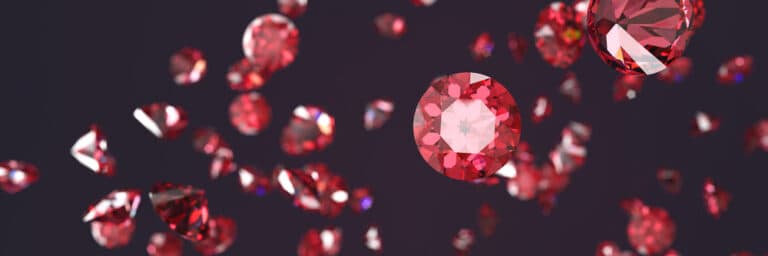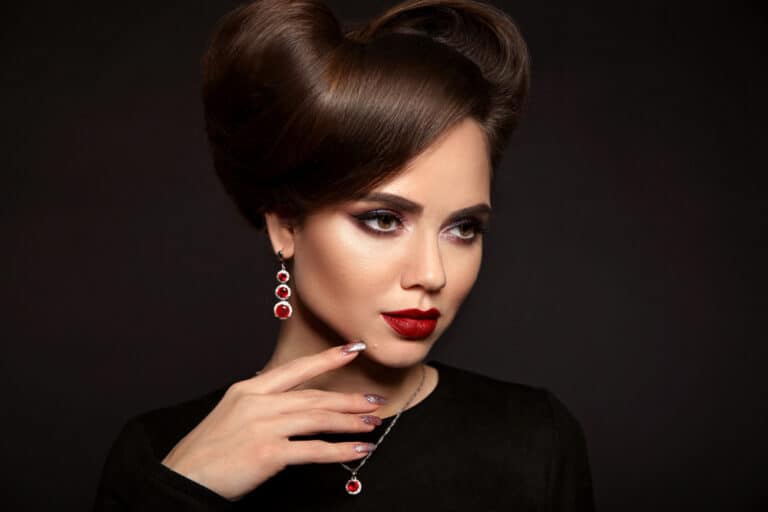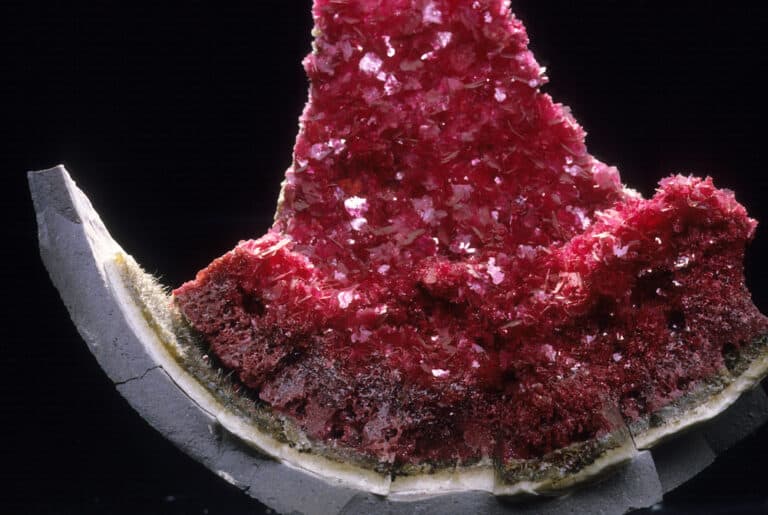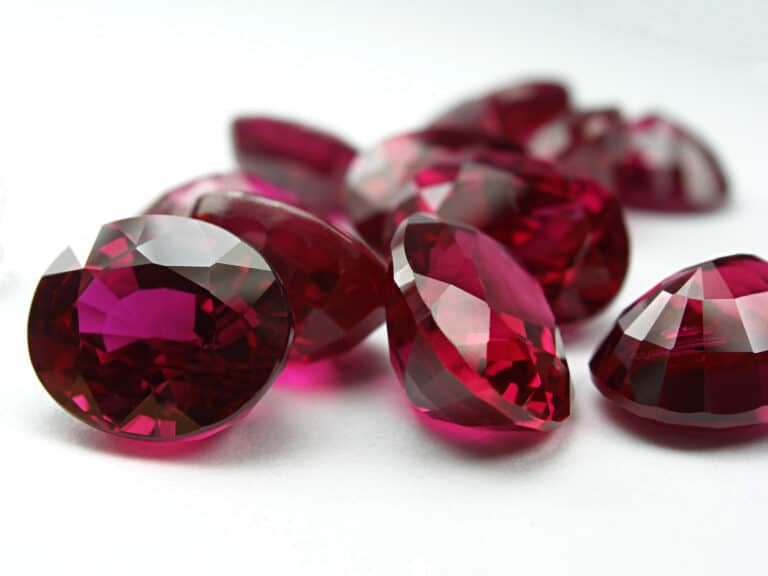Rubies are among the most desirable of all gemstones, and they are quickly becoming one of the most popular stones for jewelry, even more than diamonds in some instances. This growing popularity leads many to delve deep into the world of rubies ad wonder if these gemstones are always red or if they can be other colors.
A ruby is always red. Rubies can have a secondary underlying color, such as purple, orange or blue, but every ruby is some variation of red and has no other primary color. The value of a ruby is usually measured by its color, as the color indicates the mineral purity of the gemstone.
There are few gemstones as beautiful as rubies, which means that these precious stones are held to a much higher standard than many others. This means that the color of a ruby is critical and directly impacts its value. Let’s explore the coloration of rubies, including color variations, and how they impact the worth of these stones.
Can Rubies Be Colors Other Than Red?
Rubies have always been sought-after, but they have become more popular and subsequently more valuable in the last decade or so. This has led many to wonder about rubies and why the color of these gemstones is so important. Do rubies have to be red, or can they be other colors like other gemstones?
Rubies are always red. No stone that is not a shade of red can be called a ruby.
A ruby has to be red by its definition, as the mineral composition of these stones results in only red-colored stones. Rubies are made up of almost entirely pure corundum but have their red color due to a tiny chromium impurity.
Any stone that is not made from almost entirely corundum and chromium cannot be a ruby. Therefore, for a stone to be defined as a ruby, it must have this mineral composition and will, therefore, always be red in hue.
There are different variations of red found in rubies, and every ruby stone has a unique hue. Some rubies are a very bure, blood-red color, while others are a lighter red, and some have a slightly orange or purple tinge.
However, the dominant color of a ruby is always red. Rubies cannot be any color other than red, although they can be different hues of red.
How Many Colors Of Ruby Are There?
Rubies can only be red, but there are several hues of red that are considered normal or desirable for rubies. Every ruby is red, but not every ruby is the same kind of red.
The purest rubies are those that have the deepest yet clearest red color, with as few underlying color hues as possible. These rubies have several names, including Pidgeon’s Blood rubies, as these rubies are blood-red while still being very clear and vivid.
Most pure rubies can sometimes have a very subtle blue tinge to them that adds to the clarity of the gemstone.
Common ruby-red hues include orange, purple, and pink. Any ruby that contains these hues is still primarily red in color but has a slight underlying hue of the secondary color. These rubies are less pure and less valuable, but they are still stunningly beautiful and highly sought after.
Rubies always have a primary color, which is always red, but they also have a secondary color.
The secondary color of the ruby is the underlying hue of the gemstone and determines how sparkly the stone is, how rich and deep the color of the stone is, how clear the stone is, and what the stone ultimately looks like.
The secondary color can also indicate where the stone was found, as the mineral composition of rubies from certain places in the world bear specific mineral signatures that are unique to that region.

How Does The Color Of A Ruby Affect Its Value?
The reality of rubies is that the color of the ruby directly impacts the value of the gemstone. Every ruby has the same basic mineral constitution, but not every ruby has the same color, and the color indicates the impurities or inclusions present in the gem.
The more inclusion or impurities there are present in a ruby, the less valuable the stone is. The fewer impurities and inclusions the stone has, the better color and clarity the stone has, and the more valuable it is.
The parameters of measuring the value of a ruby based on its color and clarity are registered in three facets: hue, saturation, and tone.
The hue of the ruby is the overall color and color combinations of the stone, the saturation of the ruby is how saturated with color the stone is regarding saturation and evenness, and the tone of the ruby is the depth or darkness of the color of the stone, as the darker, the stone is the more impurities it can have, and the tone of the stone is the
The highest-value rubies are those that have a red hue, with medium vivid saturation and medium tone. A ruby that has all three of these parameters holds significantly more value than rubies that are lighter, darker, less saturated or those that have a less pure red hue.
The purer the ruby is, the more these desirable aspects of the stone will align. The purity of a ruby determines its overall value, and the hue, saturation, and tone are indications of the purity of the ruby and therefore indicate its value.
Are Pink Sapphires Just Light Rubies?
A common question regarding the color of rubies is whether or not pink sapphires are just very lightly colored rubies. This question arises because rubies and pink sapphires have a very similar mineral composition.
However, the fact is that rubies and red sapphires are not the same things. Rubies are corundum with chromium impurities, while sapphires are corundum with iron impurities. This fact means that these stones have different compositions, despite the base mineral of corundum.
Pink sapphires are not rubies, and vice versa.
Conclusion
Rubies are beautiful gemstones, but not all rubies are as valuable as each other. The value of a ruby is based on the stone’s color, which is why it is important to understand that rubies are always red and never any other color.
Rubies can be red with different underlying hues, but they are always red stones without any other primary color.
References
- https://www.diamonds.pro/education/rubies/
- https://wonderopolis.org/wonder/why-are-rubies-red
- https://thenaturalrubycompany.com/education/what-color-is-a-ruby/
- https://www.withclarity.com/education/gemstone-education/ruby/ruby-color
- https://www.quora.com/Why-are-Rubies-only-red-while-Sapphires-can-be-any-other-color-despite-them-being-basically-the-same-gem
- https://www.gemnation.com/base?processor=getPage&pageName=ruby_color
- https://thenaturalrubycompany.com/education/ruby-red-and-pink/
- https://www.gemsociety.org/article/distinguishing-rubies-pink-sapphires/






